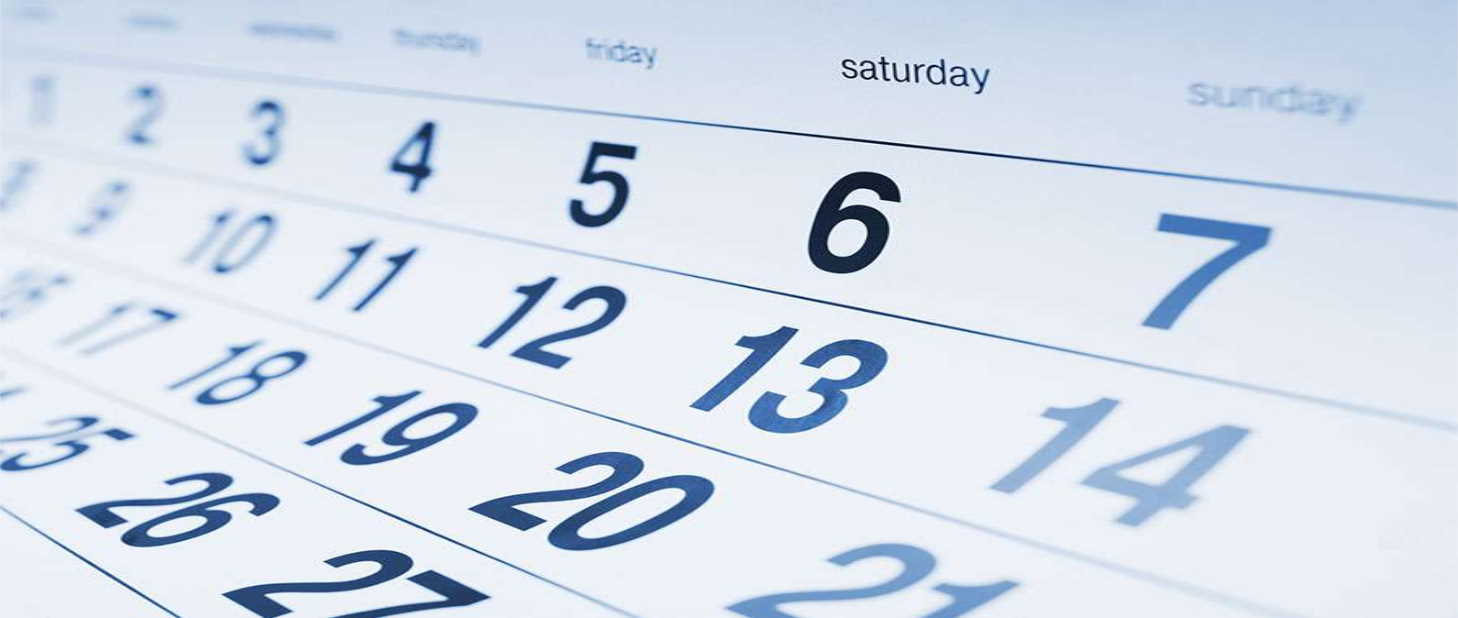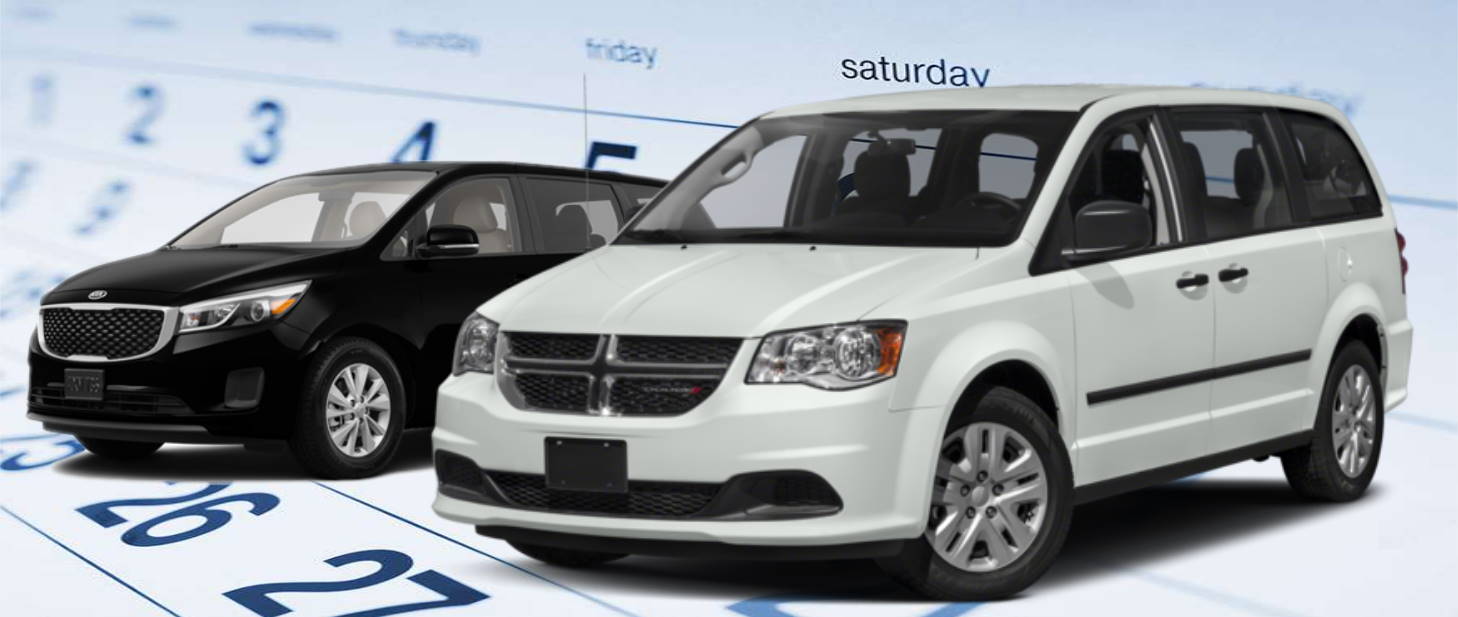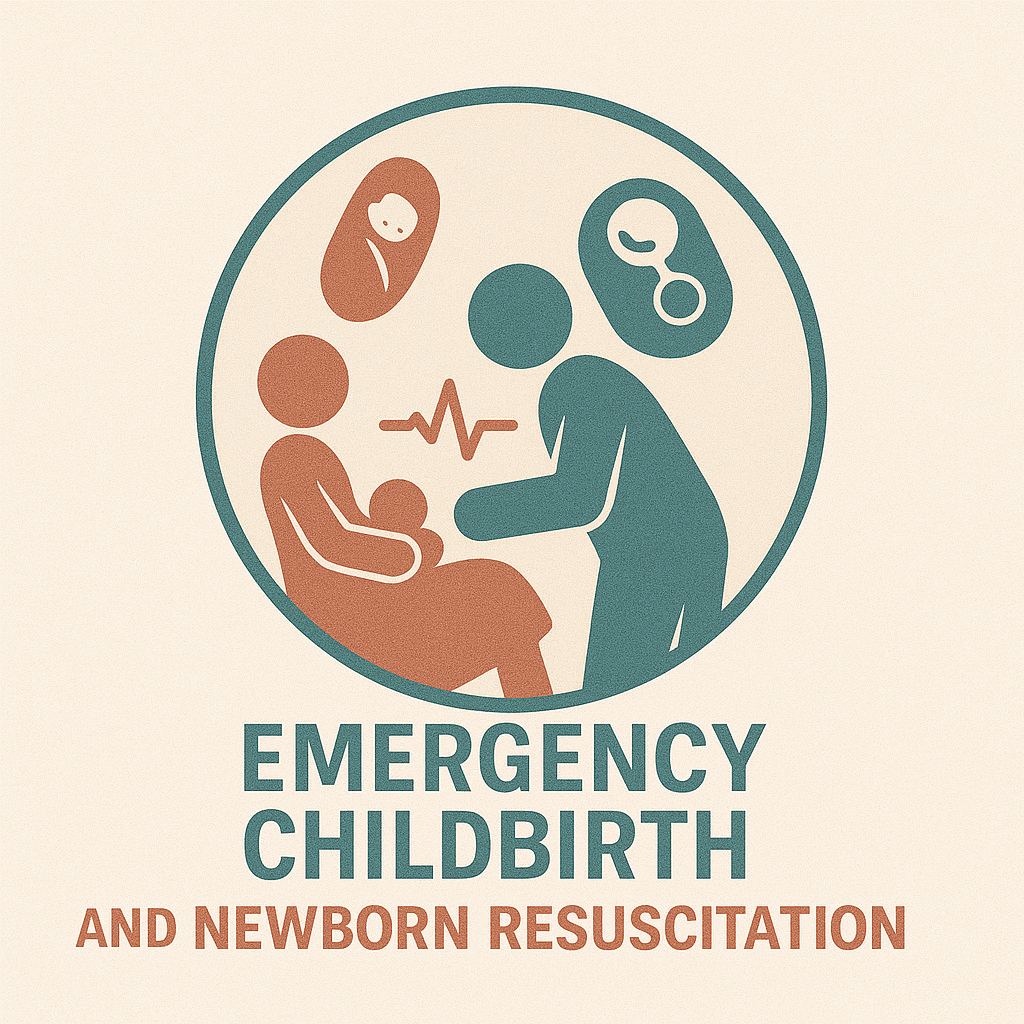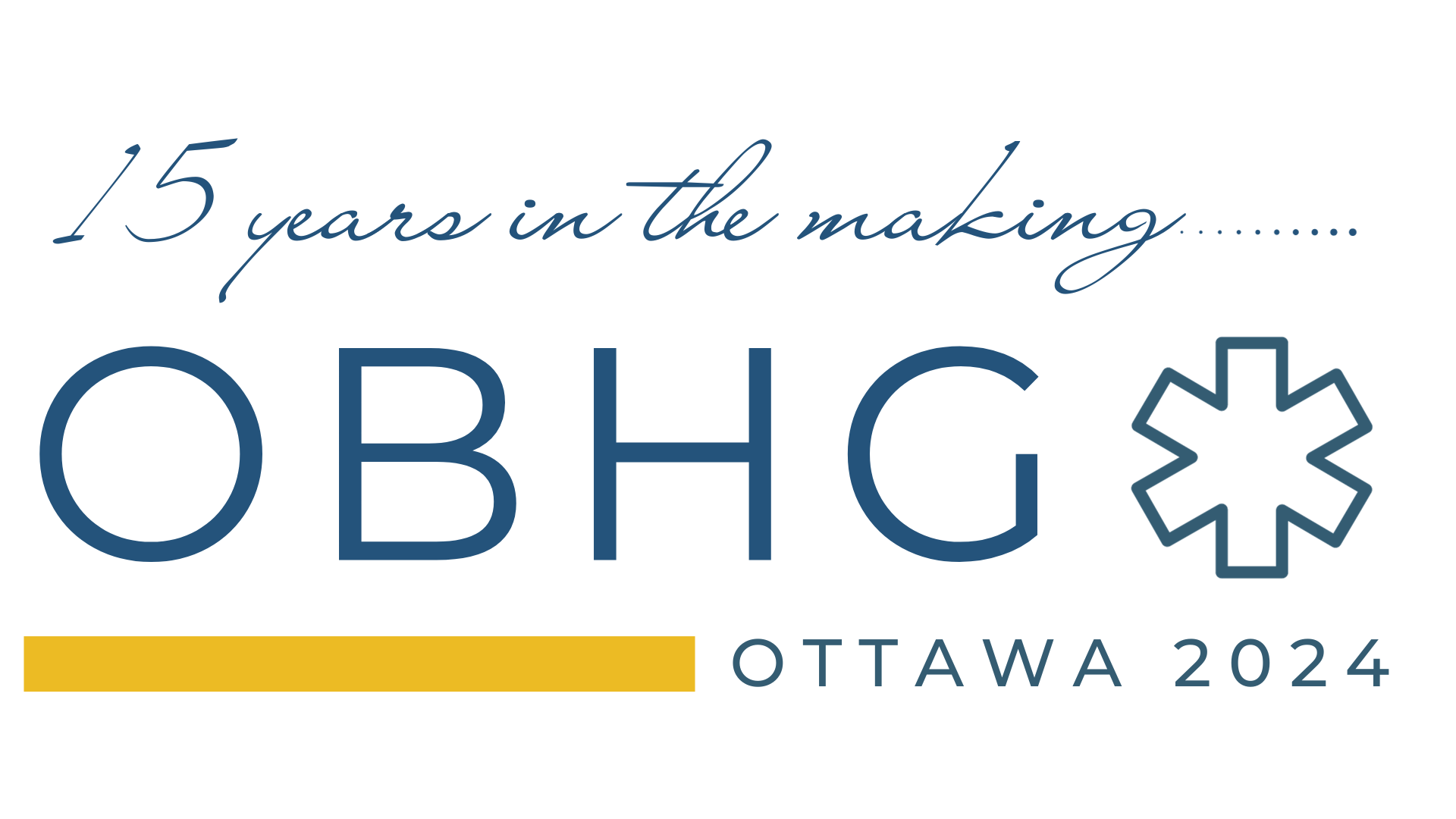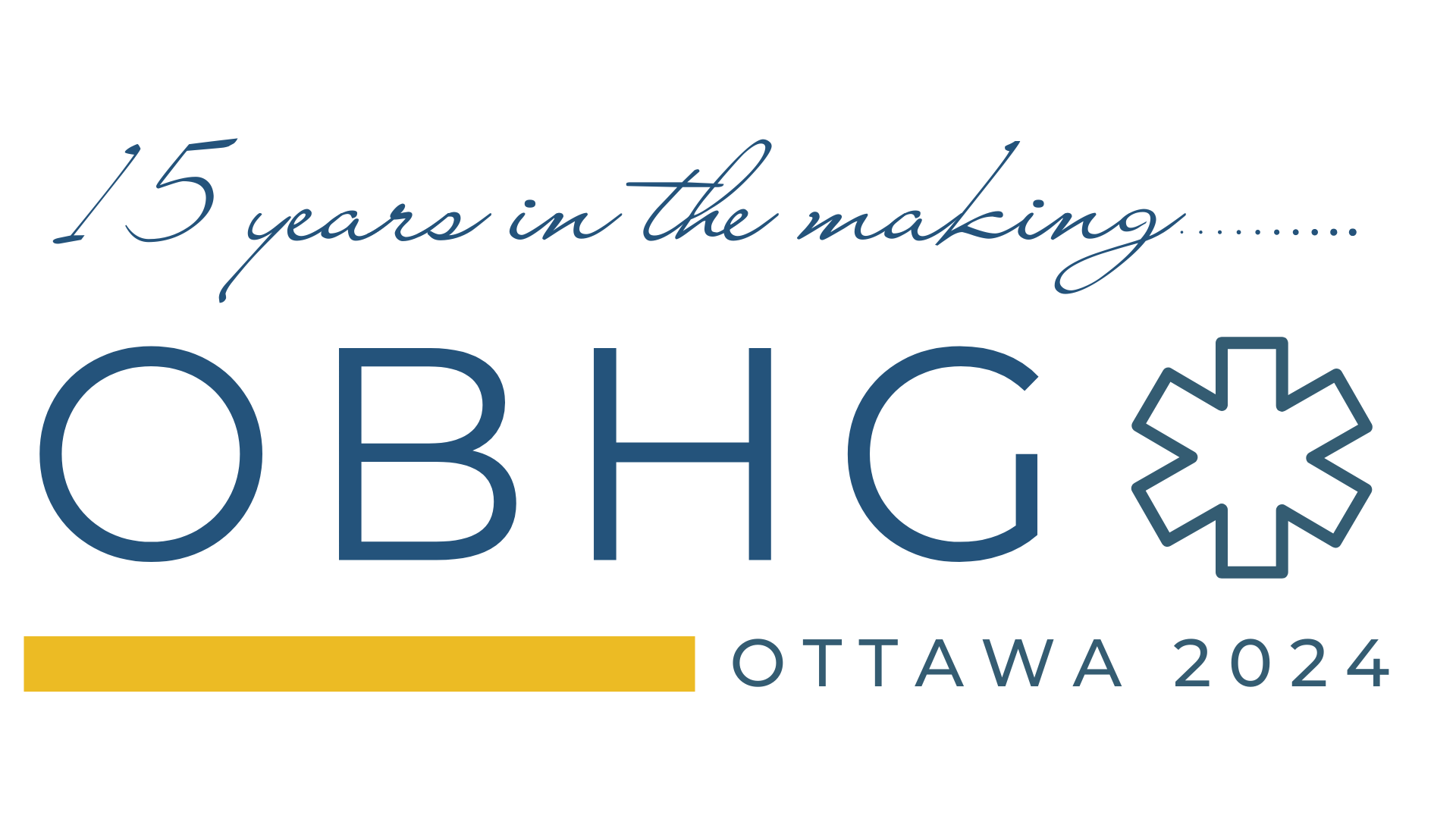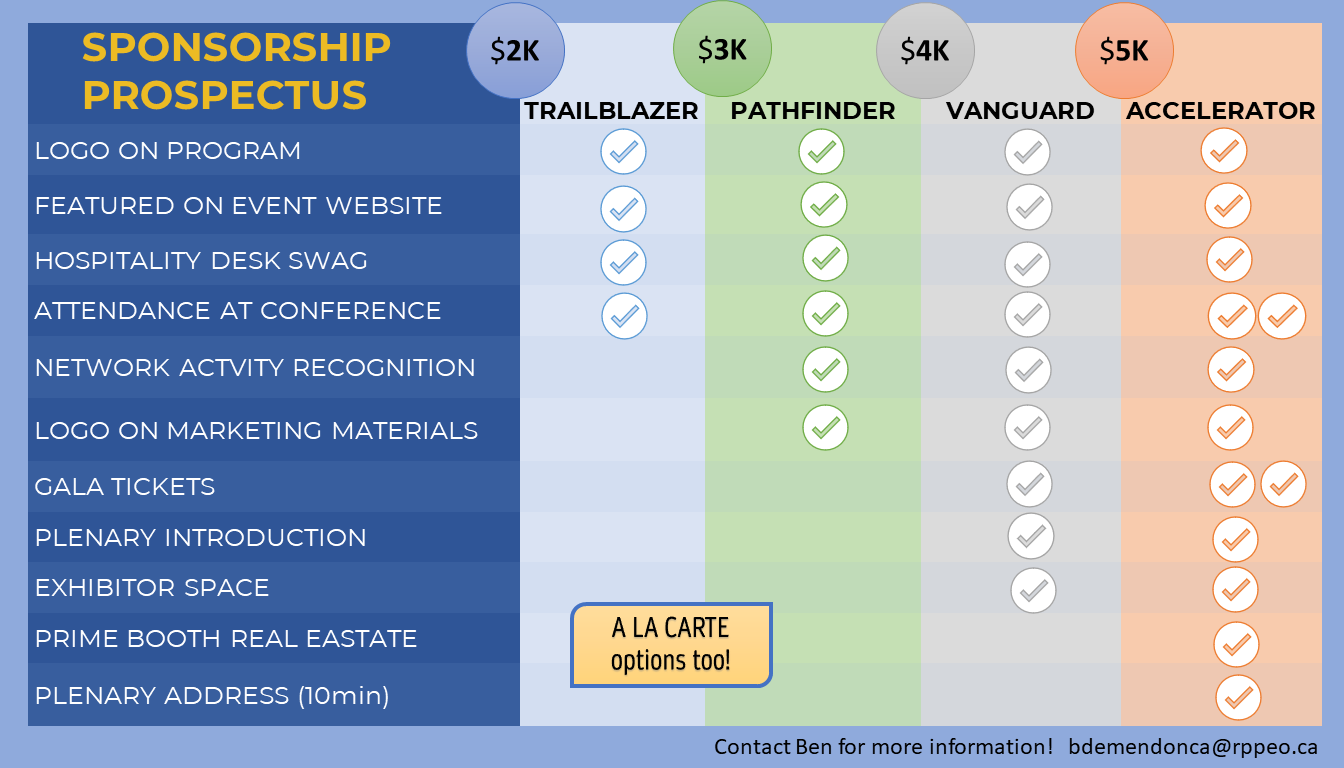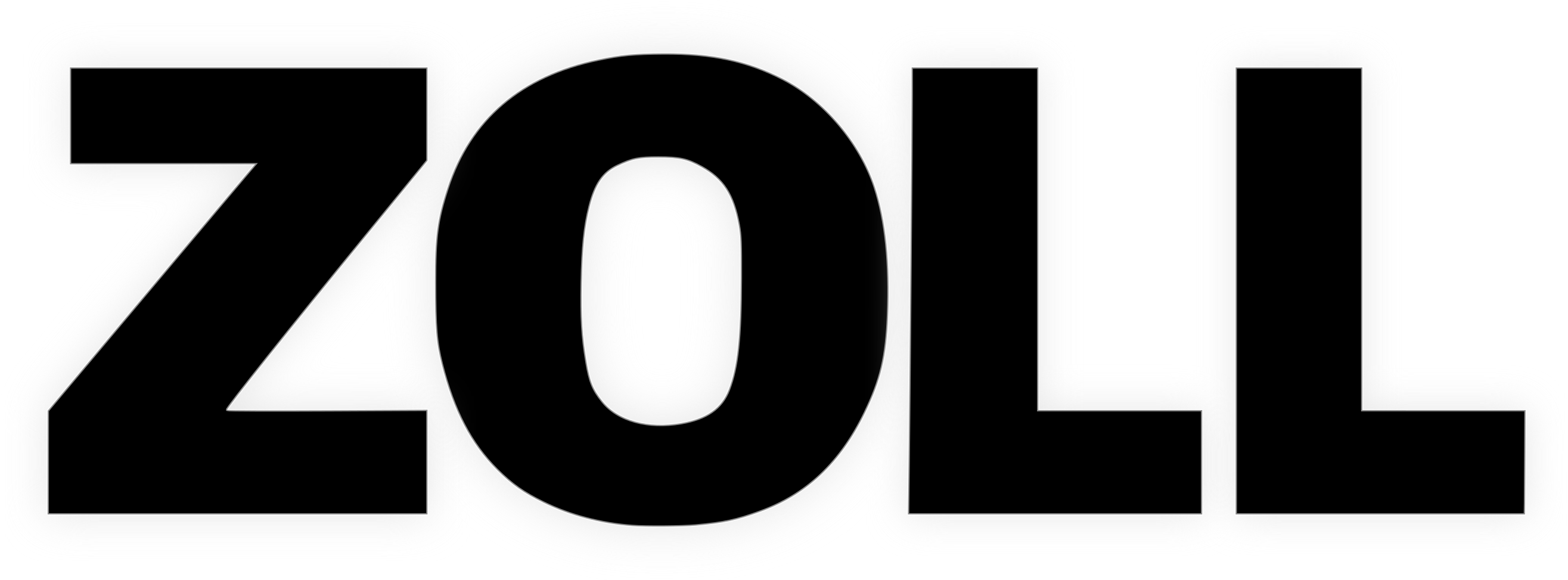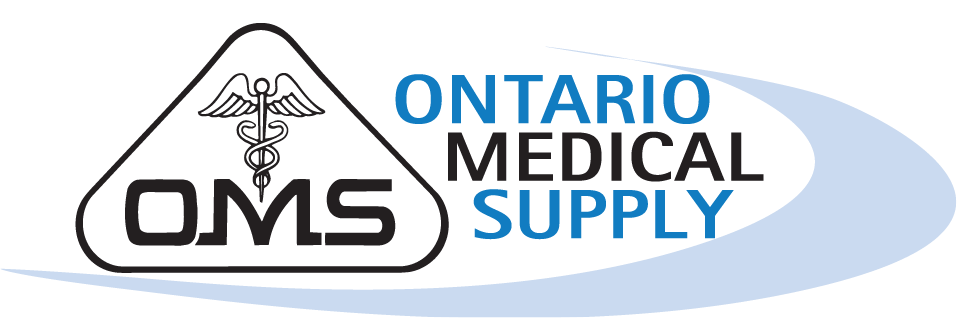Base Hospital Physicians
The RPPEO authorizes Base Hospital Physicians to provide advice, orders, or consultation in real time to paramedics. Through calls to these emergency medicine physicians or “patching,” paramedics may receive support during patient care.
The patches are all recorded and are reviewed as part of an (audit of paramedic care and physician compliance with the Ministry of Health’s Advanced Life Support Patient Care Standards (ALS PCS) and their other paramedic care standards documents.
Base Hospital physicians are available 24/7 at two sites: Ottawa and Kingston.
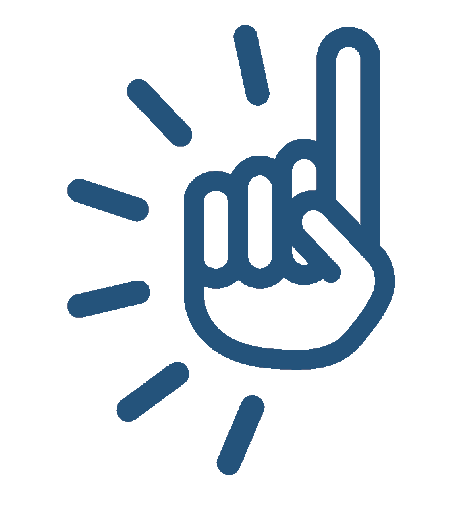
Excellence Highlight
Providing base hospital physician education
The University of Ottawa and Queens University Emergency Residency Programs collaborate with the RPPEO to prepare the emergency physicians of the future. Third year residents are introduced to Emergency Medical Services (EMS) and paramedicine during EMS Month and its popular EMS Bootcamp where they interact with subject matter experts in paramedicine on wide-ranging topics.
During EMS Month, residents are trained to participate in online medical support. After this, they can give real time phone advice to paramedics. By becoming intimately familiar with the environments paramedics function in during EMS Bootcamp, the residents are better able to understand the complexities in which paramedics practice, making the advice they provide safer.
The University of Ottawa and Queens University Emergency Residency Programs collaborate with the RPPEO to prepare the emergency physicians of the future. Residents are invited annually to apply to the RPPEO EMS Fellowship.
An EMS Fellowship gives up to 5 emergency medicine residents the opportunity to work within the RPPEO, participating in developing new tools for medical support and learning about the paramedic's clinical scope. Residents who complete an EMS fellowship have an intimate understanding of paramedic care and the out-of-hospital environment, preparing them with the experience in ambulance systems and paramedicine that will help them become future leaders in emergency medicine.
- Hits: 8963



